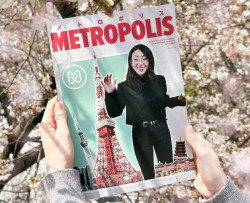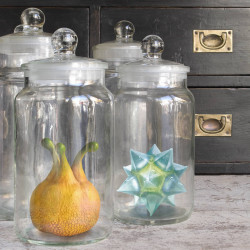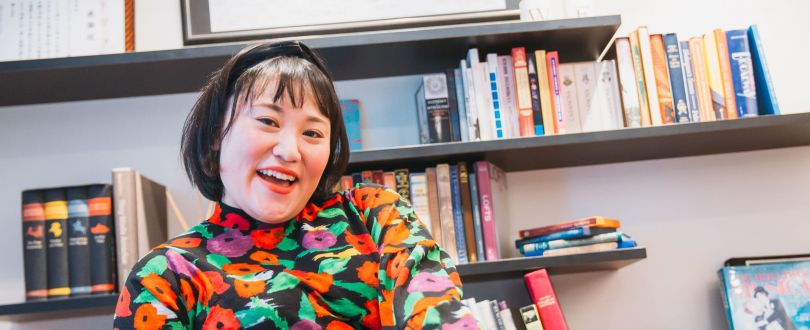
May 28, 2024
Barbie: How a Japanese Comedian Is Boosting Body Positivity
How Japanese Comedian Barbie Is Helping Body Positivity Bloom
In August 2019, Japanese comedian Barbie posted a photo on Instagram that transformed her career. It propelled her from the realm of TV show comedy skits and into the ranks of body-positive activists who have been rising in Japan’s public eye in recent years, such as comedian and plus-size-friendly fashion-designer Naomi Watanabe and music group CHAI, whose members advocated for body-acceptance through their “NEO-KAWAII” ethos, a term they coined in their 2018 album PINK.
The image that could stir such a change? A photo of Barbie’s torso, bruised and marked because she was unable to find a bra in Japan that fit her body shape and size. “These marks were made by my ill-fitting bra,” Barbie wrote in the post’s caption. “I tried so many bras but none of them fit well, so I’m going to make my own. […] May all boobs stand tall and confident every day!”
View this post on Instagram
Minutes after posting, empathetic messages started to flood the comments section as others concurred that they, too, were experiencing similar lingerie woes, in part due to Japan’s notoriously limited sizing options, but also due to the pressures women felt to conform to Japan’s body ideals. They declared their frustration about being expected to diet to fit the clothes, not that the clothes should be designed to fit them. Many disclosed their body complexes: they felt that their bodies were “too old,” “too fat” or “too saggy” to wear lingerie brands such as Peach John—Japan’s equivalent of Victoria’s Secret.
“Many people left comments on the post, but I was surprised that lots of women sent me DMs me as they felt too embarrassed or ashamed to talk about their underwear and body complexes in a public space,” Barbie—or Kana Sasamori as she’s known offstage—explains in an interview with Metropolis. The TV star comedian might have built her career out of jokes and jest, but her tone is dead serious when she explains that women should feel comfortable with their bodies, regardless of how much (or how little) skin they want to show; regardless of their body’s size, age or shape.
“The idea of showing your body off, especially your chest, is not a trend yet in Japan,” she continues. “But I just want everyone who wears my new [Peach John] bra range to feel good about themselves and their bodies.”
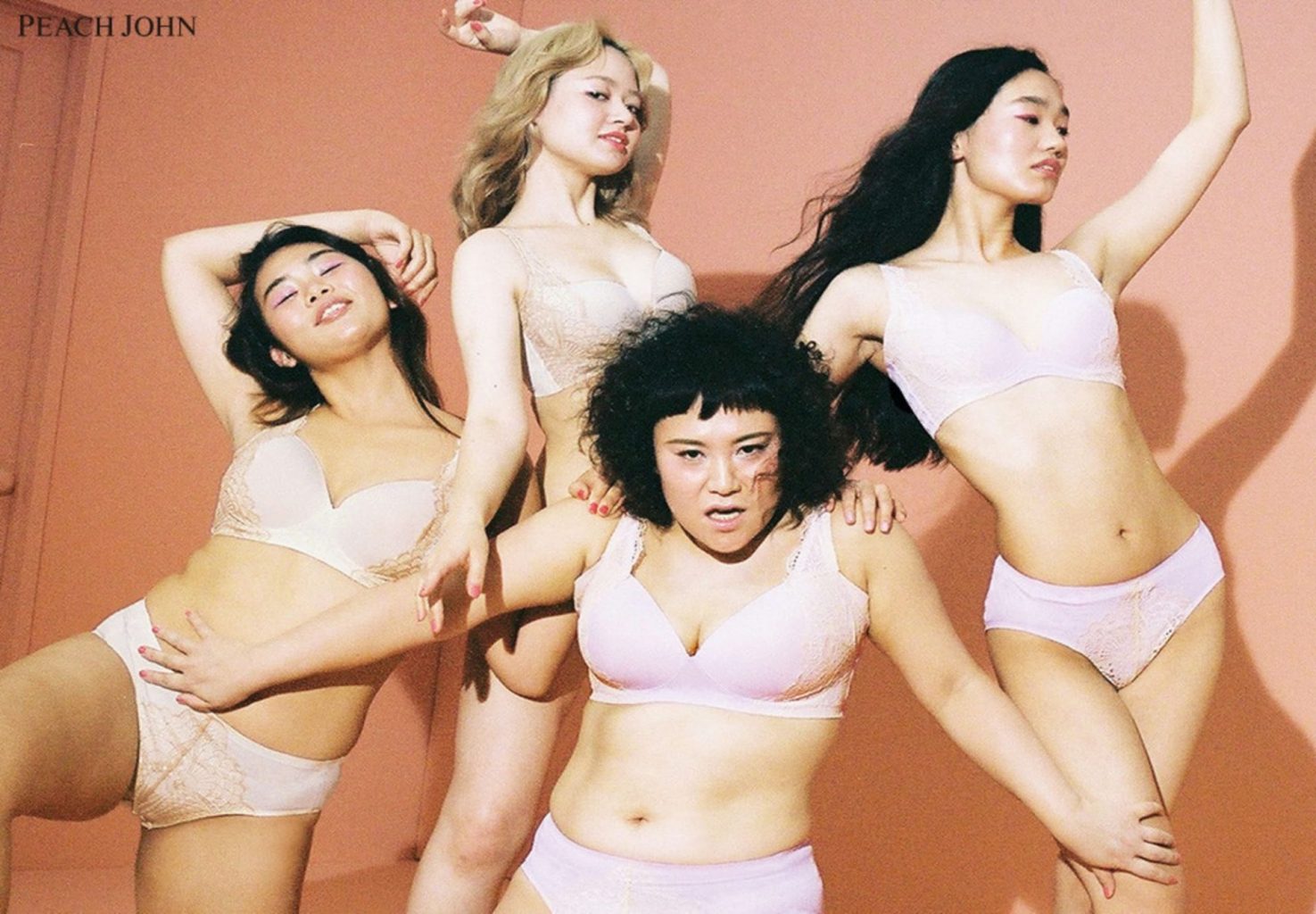
Now, just six months after sparking the Instagram conversation on Japan’s non-inclusive underwear, Barbie can be seen proudly posing in photos across Peach John stores, already modeling her second range of bras which embrace the diverse shapes, sizes and realistic needs of their consumers. The common notion that “Peach John didn’t fit you, you fit Peach John,” was finally scrapped. But Barbie was just getting started.
Compared to the West, where body-positivity and gender-equality movements have been blazing for years, Barbie knew that Japan was somewhat behind. Spurred on by the women bravely joining the discussion on Instagram, and thanks to Peach John’s willingness to collaborate, she set her mind to her next project: writing a collection of essays in her book “本音の置き場所” (“The place for my honest thoughts”).
“When I pitched the idea of my more inclusive bra range to Peach John,” she says, “they told me that they didn’t even realize there were so many women struggling to find a good-fitting bra as no one openly raised their voice about it before.” What other issues were women staying silent about? Thus, the book, published in November 2020, grapples with topics such as female body-hair removal, the expectation that women should cook for their partners, body image, sexual consent and marriage.
On a seemingly inexhaustible roll, Barbie then launched a YouTube channel at the end of 2019, in which she broaches other “embarrassing” topics such as contraception, period products and acne. She believes that these kinds of educational videos are necessary because the Japanese education system—especially sex education, she says—doesn’t delve deeply into these topics, thus perpetuating the fear around openly discussing them.
Although Japan still has a long way to go, Barbie stresses that things are changing. “What I’m doing isn’t just from my own thoughts,” she continues. “Moral ideas and societal trends are always slowly changing in Japan. However, things have been rapidly taking a sharp turn towards new moral standards and more modern views in the past five years or so.” She uses the male-dominated comedy industry as an example: “I think that taking advantage of your image as ‘fat’ or ‘ugly’ used to be one of the only ways for us [female comedians] to be featured or stand out. Now, however, the comedy industry is definitely leaving this idea behind.”
Barbie adds that these kinds of ideas about female body image and “appropriate” female behavior are still influenced by the social structures of the country’s past. Keiko Yamamoto’s book, “ブスがなくなる日” (“The Day When ‘Busu’ is Gone”) explains that the term “busu” (ブス) came into prominent use in the 80s during the time of the bubble economy. It was used to refer to a woman who was not considered “pretty.” If you were offended by being teasingly called a busu, then you’d likely be labeled as something even worse: a “nekura” (根暗/ネクラ)—an antisocial person with no sense of humor. If you found yourself in this kind of predicament, Yamamoto writes, the only way to survive in society was to deal with the taunts by making fun of yourself and your image too.

Then, in 2010, female-idol group AKB 48 sold album CDs that came with a vote ticket for its general election event, allowing fans to vote for their favorite members. Although it marked a rocket-fuel boom in CD sales and sent the number of idol-groups ballooning, it sent the waistlines of the idols—and their millions of fans—shrinking. Women began going to dangerous extremes to reach the “ideal” body type of their favorite idols, striving to match the slim, “beautiful” bodies that were plastered across Japanese media.
Elsewhere on Metropolis:
- we smile when we want to: a photo essay on women in Tokyo
- Another Energy: Power to Continue Challenging – 16 Women Artists from around the World
- 5 Japanese LGBTQ Films to Watch This February
The weight trend reached its peak around 2015, the year which saw the lowest average weight of Japanese women in their 30s. Since then, this average has been gradually increasing as new trend began to emerge. Watanabe’s plus-size friendly fashion brand PUNYUS launched in 2014 and La Farfa, a magazine for plus-size women, launched the following year. Its success was so huge that it sold out immediately, swiftly upping its print from semiannual to bimonthly in response to the demand.
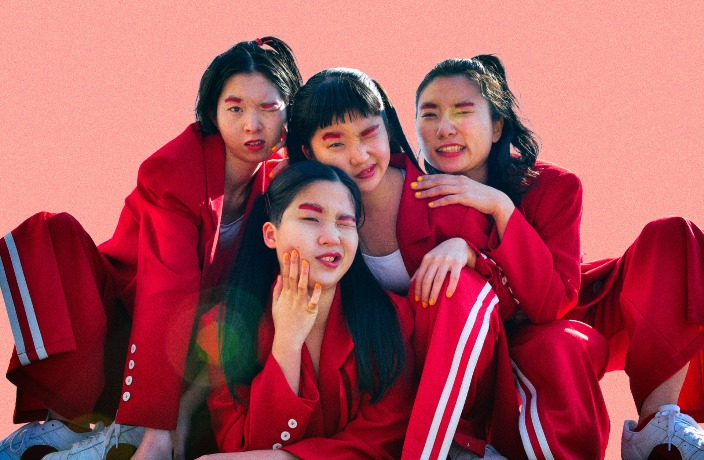
During her interview with Metropolis, Barbie speaks with an infectious earnestness. She glows with an enthusiasm and self-assurance that—even if she is too humble to realize it herself—is exactly what makes her such a strong role model for the millions of women in Japan looking up to her. “Even the actual Barbie doll brand has left behind the image of ‘beautiful white blonde girl’ and has become more diverse,” she says.
“I hope Japanese women can reach the information they need through my YouTube channel, and that my bra can be an alternative option to empower them with choice. I also hope that they can find their own standards and beliefs, instead of accepting the negative stereotypes built by the media, so that we all can stand on our own feet in this rapidly changing society we call Japan.”


